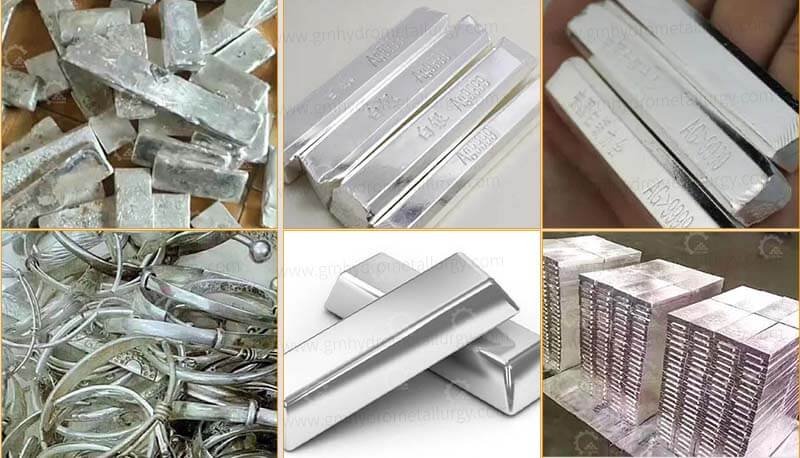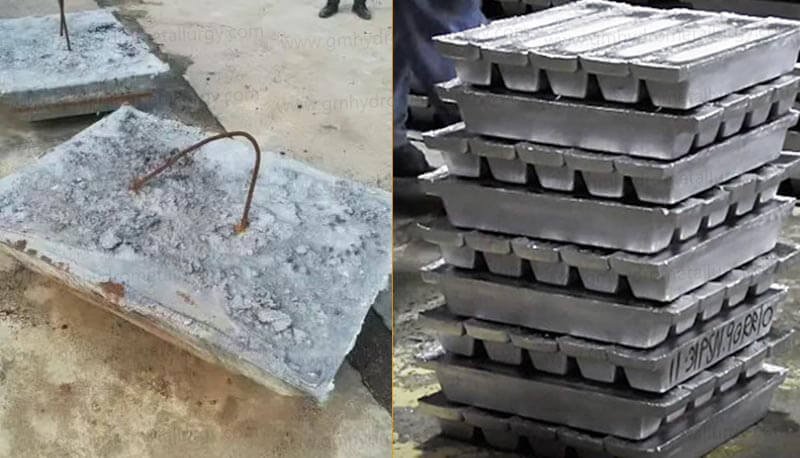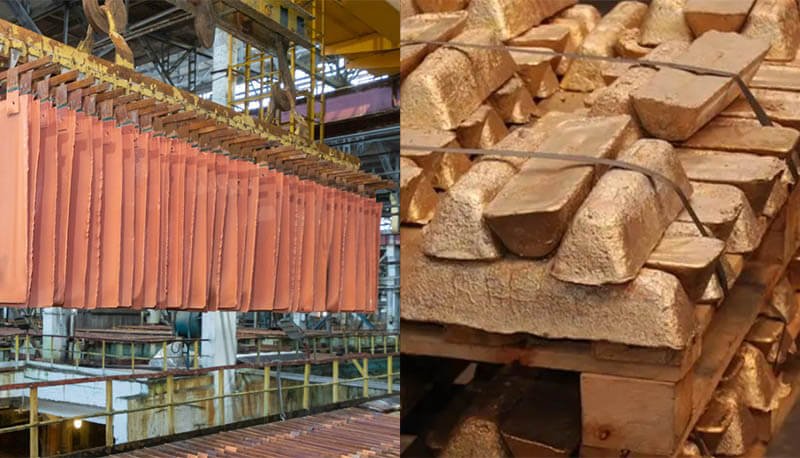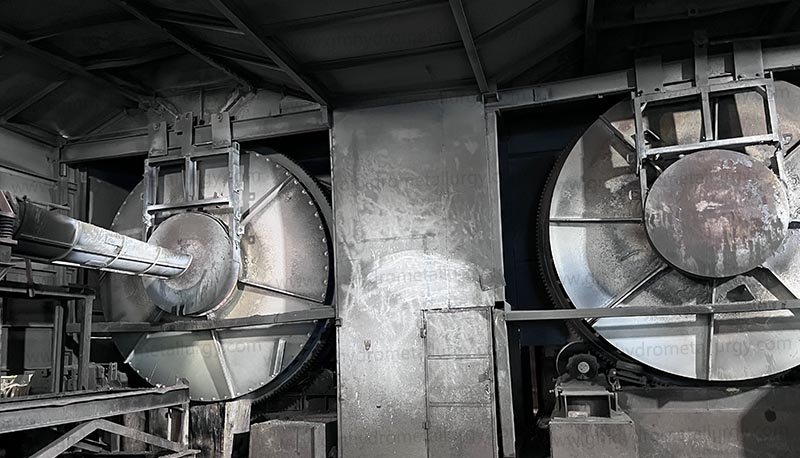In the world of precious metals, achieving the highest purity silver is paramount. Whether recovering silver from jewelry scrap, electronic waste (e-waste), photographic materials, or mining byproducts, the silver refinery machine process is the essential, technologically advanced solution.
Demystifying the Core Silver Refinery Machine Process
Modern silver refining is a sophisticated, multi-stage operation primarily utilizing electrolysis for its precision and effectiveness. Here’s a detailed breakdown of the typical steps involved in the silver electrolytic refining process:
1. Feedstock Preparation & Dissolution
Impure silver (anode material) is carefully prepared, often melted and cast into anode plates suitable for the electrolytic cells. Silver-bearing materials like e-waste or photographic sludge undergo specific pre-treatment (like incineration or leaching) to concentrate the silver into a form suitable for dissolution.
The impure silver anode plates are immersed in an electrolytic bath, usually a solution of silver nitrate (AgNO₃) and nitric acid (HNO₃). Controlled electrical current initiates the electrolytic silver refining stage.
2. The Electrolysis Heart
When current flows, the impure silver anode oxidizes. Silver atoms lose electrons and dissolve into the electrolyte as silver ions (Ag⁺).
Simultaneously, at the cathode (often made of pure stainless steel or titanium), the dissolved silver ions (Ag⁺) migrate through the solution, gain electrons, and deposit as extremely pure silver metal crystals.
Key impurities like gold, platinum group metals (PGMs), and base metals either remain undissolved as anode slimes (falling to the cell bottom) or stay dissolved in the electrolyte without depositing on the cathode under optimal conditions. This achieves remarkable high-purity silver separation.
3. Cathode Harvesting & Melting
Over time, pure silver crystals grow densely on the cathode. These cathodes are periodically removed from the cells.
The pure silver crystals are carefully stripped from the cathode starter sheets or blanks.
This high-purity silver (typically 99.99% or 999.9 fine silver, potentially reaching 99.999%) is then melted in a high-temperature furnace and cast into convenient commercial forms like bars, grains, or ingots – the final, valuable product.
4. Anode Slime & Electrolyte Management
The valuable anode slimes, rich in gold, PGMs, selenium, tellurium, and other precious metals, are collected and processed separately for further recovery – a significant revenue stream.
The electrolyte solution is continuously monitored and purified. Excess copper or other base metals accumulating in the bath are removed through processes like crystallization or chemical precipitation (silver nitrate solution purification), maintaining bath efficiency for consistent high-purity silver recovery rates.
Beyond Electrolysis: Alternative & Supporting Methods
While electrolysis dominates large-scale refining, other silver purification systems exist, often integrated or used for specific feedstocks:
Chemical Precipitation
Using chemicals like salt (NaCl) to form silver chloride, which is then reduced back to metal. Common in smaller setups or for specific waste streams but may yield lower purity than electrolysis.
Cupellation
Traditionally used for lead-contaminated silver, involving high temperatures in a cupel to oxidize impurities. Less common for pure silver refining today.
Advanced Filtration & Centrifugation
Critical for clarifying solutions and separating solids like anode slimes efficiently within the continuous silver purification system.
Choosing the Right Silver Refinery Equipment: Key Considerations
Selecting optimal industrial silver refining equipment is vital for efficiency and profitability:
Throughput Capacity
Match the machine size (e.g., 100kg silver refining unit, 500kg silver refining plant) to your expected scrap volume.
Feedstock Type
Ensure the system is designed for your specific input material (e.g., jewelry scrap, e-waste, anode bars, photographic waste – silver recovery from photographic waste equipment).
Targeted Purity
Electrolytic systems consistently deliver the highest purity (99.99% silver refining technology).
Automation Level
Modern automated silver electrolysis plants reduce labor costs and improve consistency.
Chemical Consumption & Recovery
Optimize nitric acid and silver nitrate usage; efficient silver recovery minimizes losses.
Environmental Controls
Essential for safe operation and compliance, including effective silver refinery fume scrubbing systems and waste water treatment.
Maximize Your Silver Value with Advanced Refining
Understanding the intricacies of the silver refinery machine process empowers you to make informed decisions. Modern electrolytic technology offers unparalleled efficiency, high yields, and exceptional purity for turning diverse silver-bearing materials into a highly valuable, pure commodity.
Ready to Optimize Your Silver Refining? Explore our range of high-efficiency silver electrolytic refining equipment and continuous silver purification systems, designed for maximum purity, throughput, and return on investment.








